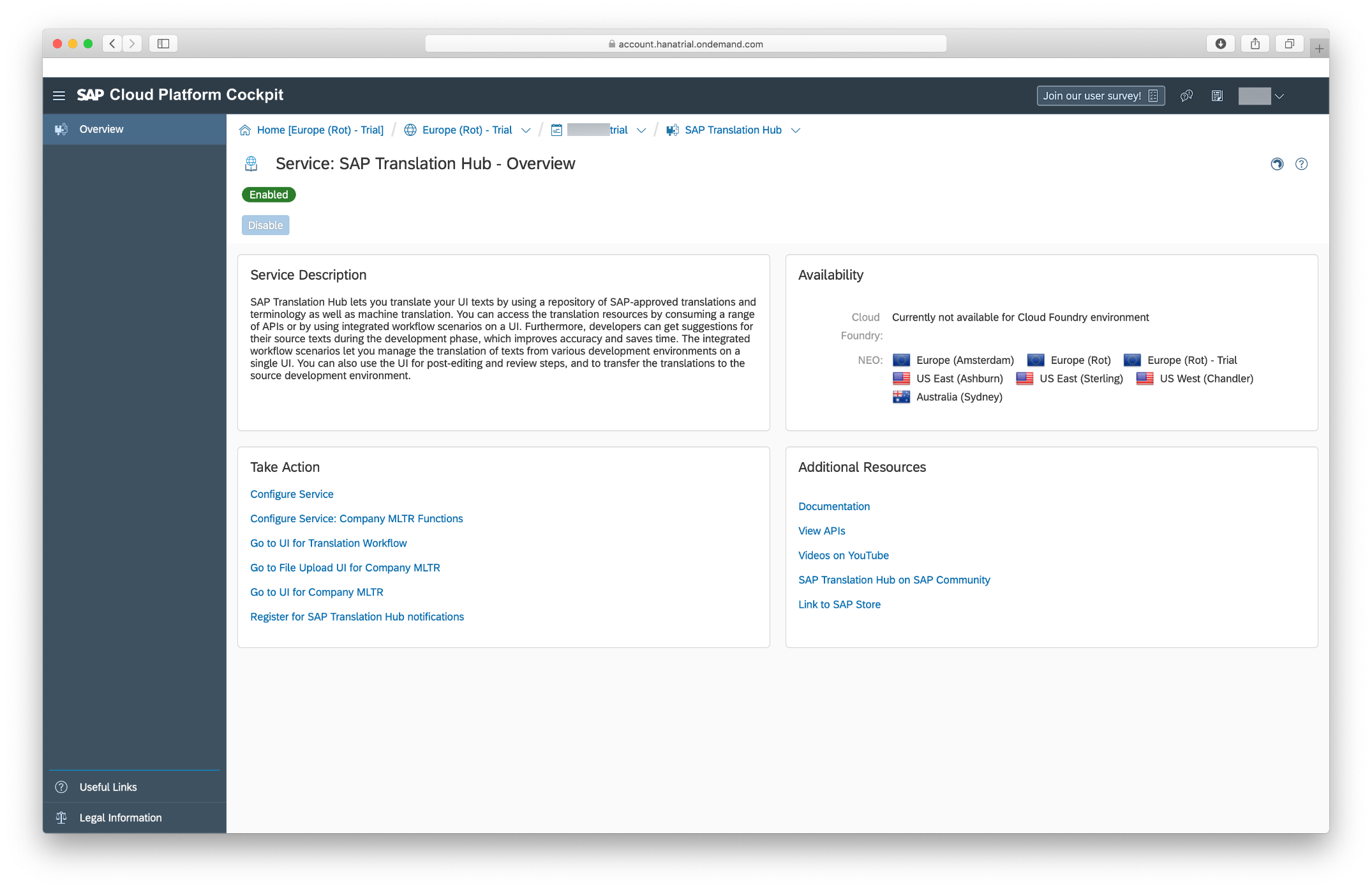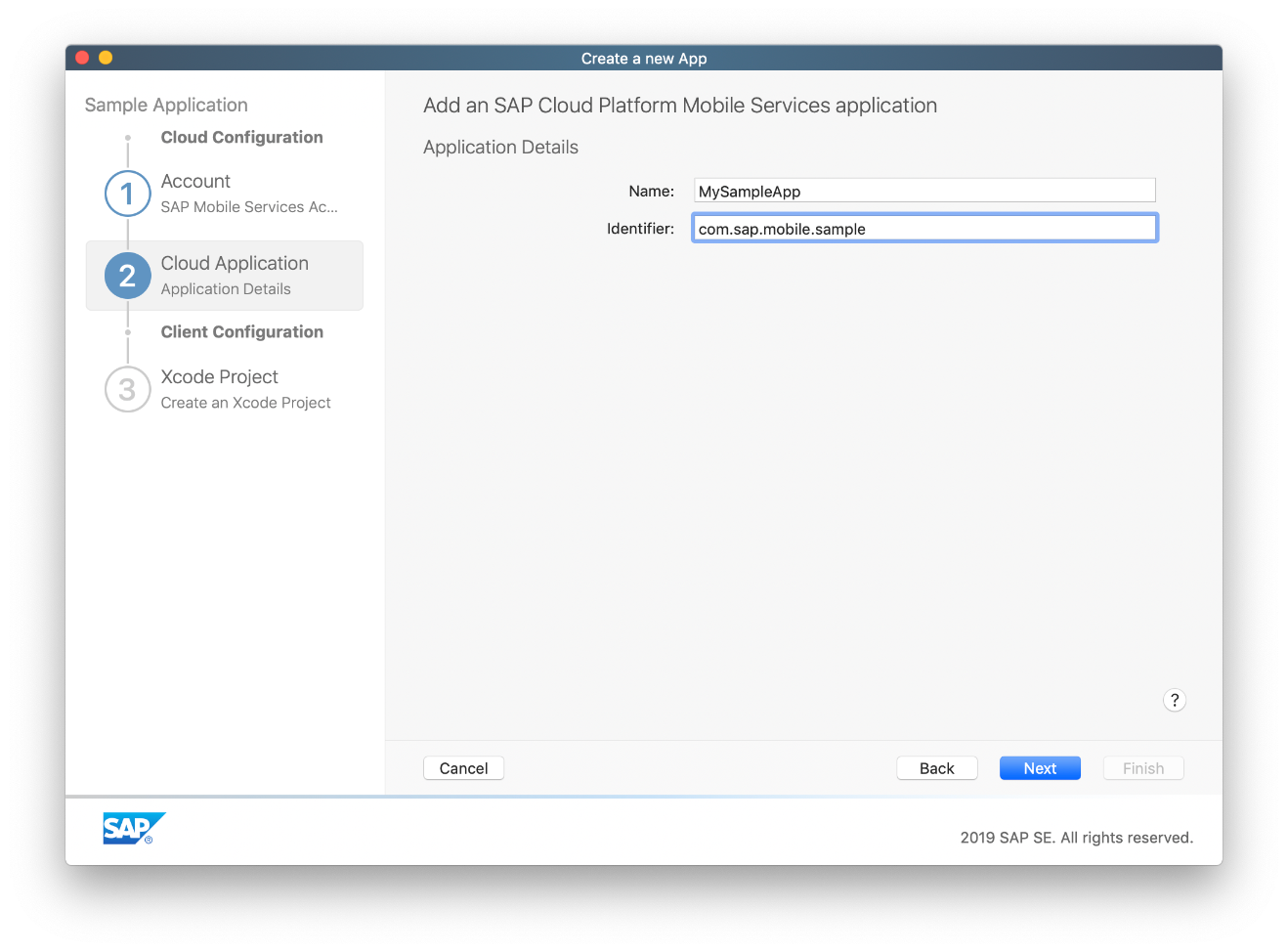Localize an iOS App with SAP Translation Hub
Intermediate
15 min.
Take an iOS app generated with the SAP BTP SDK Assistant for iOS and make it multilingual with SAP Translation Hub.
You will learn
Prerequisites
- Development environment: Apple iMac, MacBook or MacBook Pro running Xcode 10 or higher
- SAP BTP SDK for iOS: Version 3.0 SP01
- How to enable SAP Translation Hub in your SAP BTP trial account
- How to add your SAP Translation Hub account into the SAP BTP SDK Assistant for iOS
- How to create multilingual capabilities to your Xcode project using the SAP BTP SDK Assistant for iOS
- How to modify and correct the generated translations
In this tutorial, you will use the SAP BTP’s integration with SAP Translation Hub to add multilingual features to your iOS app generated with the SAP BTP SDK Assistant for iOS. This way, you can run your app in many languages, depending on your device’s preferred language.

























